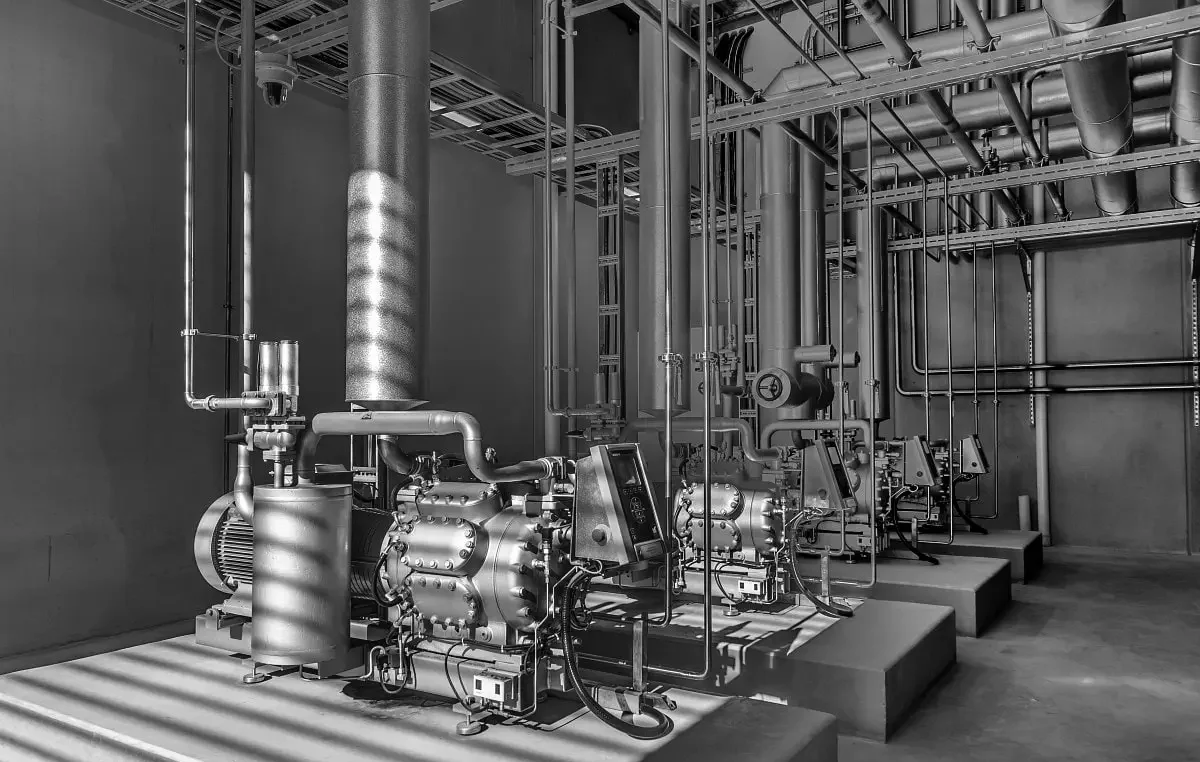Equipment Maintenance And Servicing
As a business owner, actively stay on top of equipment and machinery maintenance. Smooth, safe equipment operation is vital for success.
Let me provide tips on proper maintenance and servicing. I’ll explain the basics, from creating maintenance schedules to meeting safety regulations.
With the right knowledge, ensure your equipment is well-maintained for peak performance.
Understanding the Basics of Equipment Maintenance and Servicing
Actively keep machinery in optimal condition.
Regularly service equipment to extend life and enable peak performance. Understanding maintenance fundamentals is essential.
This includes preventive vs corrective maintenance. Preventive maintenance prevents problems proactively. Corrective maintenance fixes issues reactively.
Equally critical – proper servicing procedures like inspecting parts and lubricating.
Maintain service records to help sustain optimal condition. But most vital is preventive maintenance to minimise major repair risks moving forward.
Establishing a Maintenance Schedule
To ensure peak machinery performance, establish regular servicing. Include routine checks, repairs, and replacements at set intervals.
Properly maintaining equipment sustains good working order and prevents breakdowns.
When creating the schedule, know each machine’s specific needs. Consider factors like machine type, usage, and operating environment. Follow manufacturer servicing guidelines.
View maintenance scheduling as ongoing, since machine needs evolve.
Regularly inspect all machines, promptly servicing as required. Record all maintenance work to optimise preventive scheduling.
Actively review and update the preventive schedule to sustain proper machine function.
Identifying and Responding to Potential Machinery Problems
Proactively keep an eye out for potential machinery issues to avoid costly repairs or unexpected downtime.
Regular inspection for signs of wear or damage is a vital part of any maintenance schedule. This can help catch small problems before they escalate into major, expensive issues.
Additionally, actively monitor any changes in machine performance or behavior as these could indicate larger underlying problems needing addressing.
Upon finding an issue, thoroughly assess its nature to determine the optimal action.
The solution may be as simple as a minor adjustment or repair. Or, it could require replacing a major component.
Creating a consistent maintenance schedule and promptly addressing potential problems will help extend equipment lifetime and reduce costs.

Making Necessary Machinery Repairs
Once an issue is spotted, promptly make repairs to avoid further damage. Before starting, actively read the equipment’s manual for proper steps.
Depending on the issue, you may self-repair or call a professional. Either way, first ensure all necessary parts are available, verifying compatibility.
After repairs, vitally test equipment function. If a professional did the work, obtain a service warranty.
If problems persist post-repair, contact the manufacturer for servicing. Properly identifying and fixing issues can extend equipment life and reduce damage risk.
Ensuring Compliance with Safety Regulations
To ensure everyone’s safety, actively comply with all applicable regulations. Check any equipment used in maintenance and servicing to confirm it meets code and certification standards.
Vitally inspect all maintenance and servicing areas for compliance too. Look for potential hazards like flammables and ensure the space is debris-free.
Then, document all these activities to demonstrate regulatory compliance. Keep records of equipment inspections and safety checks.
Also, provide employee safety protocol and procedure training, enabling them to identify and mitigate risks.
Finally, stay current on changing safety regulations, actively incorporating them into maintenance and servicing.
Conclusion
After going through the process of equipment maintenance and servicing, I’ve gained a better understanding of how to keep my equipment running smoothly.
I now have a regular maintenance schedule in place, and I’m prepared to respond to any potential problems quickly and efficiently.
Additionally, I know how to make necessary repairs and ensure compliance with safety regulations.
Overall, I’m confident that my equipment is in good working order and will provide reliable service for years to come.
When the time comes to upgrade Pinks can help with the funding and purchasing power you need




